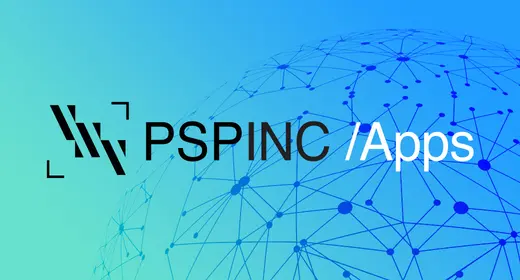
People commonly use the terms machine learning (ML) and artificial intelligence (AI) interchangeably. But they aren’t technically the same. Machine learning (ML) is just a subset of AI that refers to computers learning and adapting to new data without humans assisting them. Over the last ten years, ML has become one of the most critical parts of how AI works. And it’s only become more popular as Deloitte predicts the cloud ML market will reach $13 billion by 2025
Simply put, ML uses gathered and prepared data, be it numbers, photos, or text, and finds patterns and/or makes predictions. The more data human programmers provide, the better the program will be. After programmers supply the data, they then choose which ML model they want to use, and the computer trains itself. Then, programmers can also encourage more accurate results by altering the model and changing its parameters if needed.
There are three types of ML:
1. Supervised ML
Supervised ML uses past data to make predictions. As the most common type of ML, it uses labeled data sets and will become more accurate as the model learns over time. A widely used example is an email spam filter. It uses algorithms to predict which emails are spam and which aren’t after looking at data like past received emails. Email services that use ML for their spam filters include Gmail, Yahoo, and Outlook.
2. Unsupervised ML
Unsupervised ML finds hidden patterns in unlabeled data. An example of this would be Facebook’s facial recognition. When users post a new image, Facebook will predict who’s in this photo by looking at their friends’ profile pages, available images, and other available data. Then, users can tag those people in the image, if they want to.
3. Reinforcement ML
Reinforcement ML goes through trial and error to make the best decision by training machines. This type of ML is generally used to increase overall efficiency. An example of reinforcement ML in practice is the recommendations a user gets after finishing a video on YouTube. Just like other ML types, the more data it receives, the more accurate it is. If users click on the recommended video but don’t finish it until the end, the machine understands that it wasn’t a great match.
While the benefits vary across industries, businesses can gain an overall increase in efficiency when investing in ML. And many ML tools are relatively inexpensive as well as easy to use. For businesses, both big and small, investing in ML can help save valuable time and money. So, it’s no wonder why so many businesses are already taking advantage of everything ML has to offer.
|
Pacific Software Publishing, Inc. 1404 140th Place N.E., Bellevue, WA 98007 |
| PSPINC Creates Tools For Your Business |
| Pacific Software Publishing, Inc. is headquartered in Bellevue, Washington and provides domain, web, and email hosting to more than 40,000 companies of all sizes around the world. We design and develop our own software and are committed to helping businesses of all sizes grow and thrive online. For more information you can contact us at 800-232-3989, by email at info@pspinc.com or visit us online at https://www.pspinc.com. |
 An all-new multi-service login for your PSPINC web apps!
An all-new multi-service login for your PSPINC web apps!
 Request a quote for Custom WordPress Design
Request a quote for Custom WordPress Design

.png)

















